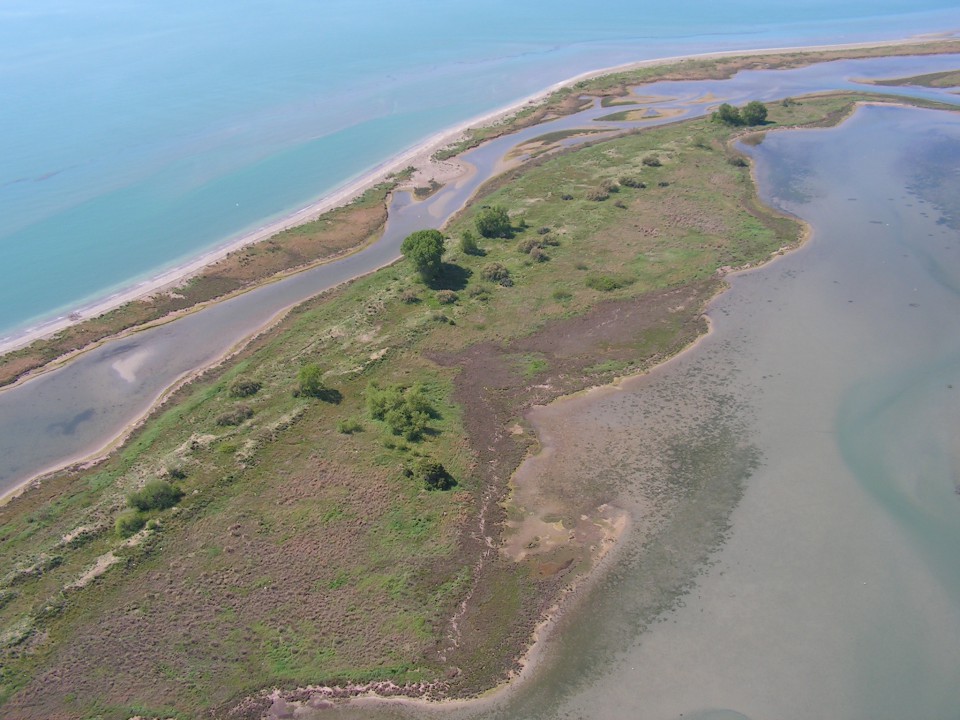Costituiscono la separazione naturale tra laguna e mare. A differenza delle barene, limose, i cordoni litoranei sono sabbiosi e costituiti da dune variamente fissate dalla vegetazione psammofila (delle sabbie). Alle spalle dei cordoni sabbiosi in direzione della laguna si estendono spesso estese barene. Le piante psammofile presentano speciali adattamenti quali: radici molto sviluppate per poter raggiungere in profondità l'acqua che scarseggia in superficie, resistenza all'ambiente salmastro, germogli a diverse altezze per evitare il completo seppellimento da parte della sabbia portata dal vento, accumulo di acqua nelle foglie che hanno spesso aspetto carnoso. Presentano inoltre ridotta traspirazione, per evitare l’eccessiva evaporazione causata dal forte irraggiamento solare. L’uomo è intervenuto affiancando o sostituendo i cordoni litoranei con arginature che richiamano i “murazzi” della laguna di Venezia. Nelle lagune del Friuli Venezia Giulia sono tuttora presenti ampi tratti di litorale sabbioso naturale sul banco d’Orio e sulle isole di S. Andrea e Martignano. Come le barene, le foci fluviali e le lagune in genere, i cordoni litoranei sono in continua evoluzione, determinata dalla quantità dei sedimenti apportati o sottratti ai vari siti. A causa di molteplici fattori, le zone lagunari sono attualmente soggette ad un prevalente processo erosivo con una riduzione delle zone emerse, anche se non mancano siti in controtendenza.

